Home>Gardening & Outdoor>Pool & Spa Care>How To Fix Dry Code On Hot Tub
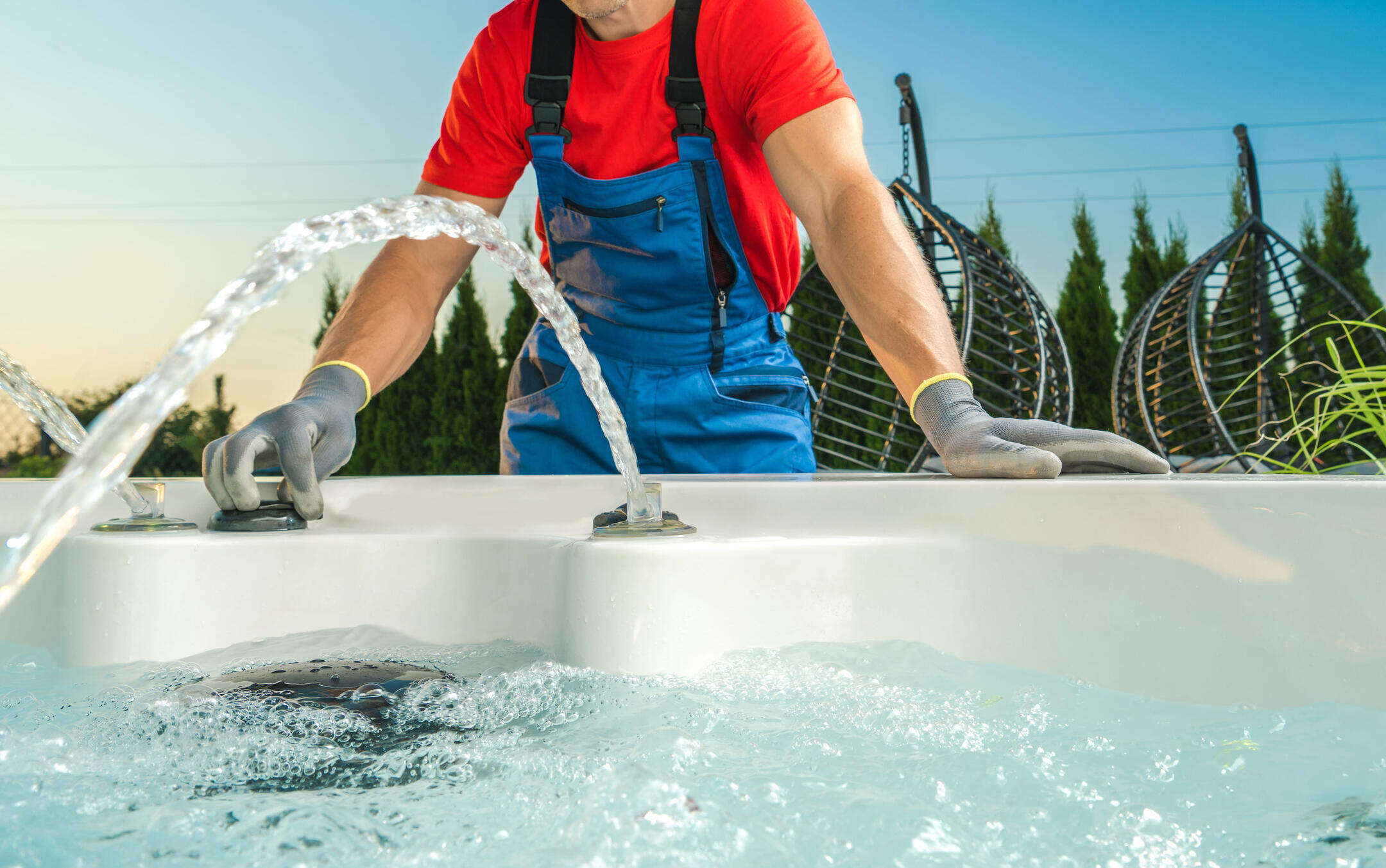

Pool & Spa Care
How To Fix Dry Code On Hot Tub
Modified: February 26, 2024
Learn effective pool and spa care tips to fix dry code on your hot tub. Discover how to maintain your pool and spa for optimal performance. Get expert advice on pool and spa care.
(Many of the links in this article redirect to a specific reviewed product. Your purchase of these products through affiliate links helps to generate commission for Storables.com, at no extra cost. Learn more)
Introduction
Owning a hot tub is a luxurious and rejuvenating experience, but encountering issues such as dry code can put a damper on the relaxation. Dry code on a hot tub can manifest as an error message on the control panel, indicating a problem with the water flow or heating system. This issue can disrupt your plans for a soothing soak and prompt the need for troubleshooting and repairs.
Understanding the nature of dry code and the underlying causes is essential for effectively addressing this concern. By delving into the intricacies of dry code and its potential triggers, you can gain valuable insights into resolving the issue and restoring your hot tub to its optimal functionality. Join us as we explore the nuances of dry code on hot tubs and unveil the steps to rectify this common challenge, allowing you to once again revel in the blissful warmth of your beloved spa oasis.
Key Takeaways:
- Keep your hot tub water level in check and ensure filters and suction fittings are clean to prevent dry code issues. Regular maintenance and troubleshooting can help maintain a blissful hot tub experience.
- Addressing low water levels, clogged filters, and pump issues can resolve dry code errors. Follow a systematic approach to troubleshoot and restore your hot tub’s optimal functionality.
Read more: How To Fix Oh Code On Hot Tub
Understanding Dry Code
Dry code on a hot tub refers to a situation where the system detects insufficient water flow or a lack of water in the heating chamber. This condition triggers an error message, often displayed as “dry” or “dry code” on the control panel, indicating that the hot tub is unable to operate under these circumstances. The presence of dry code signifies a potential issue with the water circulation or heating components, necessitating prompt attention to restore the proper functioning of the system.
When the hot tub’s sensors detect inadequate water flow, they interpret this as a warning sign that the heating element may be at risk of damage due to the absence of sufficient water to dissipate the heat. Consequently, the system initiates a protective measure by displaying the dry code error to prevent potential harm to the equipment and ensure user safety.
Understanding the implications of dry code is crucial in addressing this issue effectively. By recognizing the significance of water flow and its impact on the heating mechanism, hot tub owners can appreciate the necessity of maintaining optimal water levels and circulation to prevent the occurrence of dry code and its associated complications.
Identifying the Causes of Dry Code
Several factors can contribute to the onset of dry code on a hot tub, necessitating a comprehensive assessment to pinpoint the root cause of this issue. By delving into the potential triggers of dry code, hot tub owners can embark on a systematic troubleshooting process to identify and rectify the underlying issues. Here are the common causes of dry code on hot tubs:
- Low Water Level: Inadequate water levels in the hot tub can lead to dry code, as the sensors detect a lack of water necessary for proper circulation and heating. Checking and maintaining the appropriate water level is essential to prevent this issue.
- Clogged Filters: Dirty or clogged filters can impede water flow, triggering the dry code error. Regular cleaning and maintenance of the filters are crucial to ensure unobstructed water circulation.
- Blocked Suction Fittings: Obstructions in the suction fittings can disrupt water intake, causing the system to detect insufficient water flow and display the dry code. Clearing any blockages in the suction fittings is imperative to restore proper water circulation.
- Malfunctioning Pump: A malfunctioning pump can result in reduced water flow, prompting the hot tub to register a dry code error. Inspecting the pump for issues and ensuring its optimal performance is essential for preventing dry code occurrences.
- Heating Element Problems: Issues with the heating element, such as a malfunction or damage, can lead to dry code as the system seeks to protect the equipment from potential harm due to inadequate water flow. Addressing heating element problems is vital to mitigate the risk of dry code.
By meticulously examining these potential causes, hot tub owners can effectively diagnose the source of the dry code error and proceed with targeted solutions to restore the proper functionality of their spa systems. Identifying and addressing these underlying issues is paramount in preventing recurring instances of dry code and ensuring uninterrupted enjoyment of the hot tub experience.
Regularly cleaning and maintaining the filters, checking and balancing the water chemistry, and ensuring proper insulation can help fix dry code issues on a hot tub.
Steps to Fix Dry Code on Hot Tub
Resolving dry code issues on a hot tub involves a systematic approach to address the underlying causes and restore the proper functioning of the system. By following these comprehensive steps, hot tub owners can effectively rectify dry code errors and ensure a seamless and enjoyable spa experience:
- Check Water Level: Begin by inspecting the water level in the hot tub. Ensure that it meets the recommended level indicated by the manufacturer. If the water level is low, add the necessary amount of water to reach the optimal level and reset the system.
- Clean or Replace Filters: Examine the filters for any dirt or debris accumulation. Clean the filters thoroughly or replace them if necessary to ensure unobstructed water flow and circulation within the hot tub.
- Clear Suction Fittings: Inspect the suction fittings for any blockages or obstructions that may impede water intake. Clear any debris or foreign objects to facilitate seamless water flow and prevent the occurrence of dry code.
- Inspect the Pump: Check the pump for any signs of malfunction or reduced performance. Ensure that the pump is functioning optimally and that water circulation is not hindered by any pump-related issues.
- Address Heating Element Problems: If the dry code persists, inspect the heating element for any malfunctions or damage. Verify that the heating element is operating as intended and address any issues that may compromise its functionality.
- Reset the System: After performing the necessary checks and maintenance tasks, reset the hot tub system to clear any error messages and allow the equipment to recalibrate based on the resolved issues.
- Monitor and Test: Once the steps have been completed, monitor the hot tub for any recurring dry code errors. Test the system to ensure that the water flow, heating, and overall functionality are restored to their optimal state.
By diligently following these steps and addressing the potential causes of dry code, hot tub owners can effectively troubleshoot and resolve this issue, thereby maintaining the uninterrupted operation of their spa systems. Regular maintenance and proactive measures can also help prevent future occurrences of dry code, allowing for a consistently delightful and relaxing hot tub experience.
Conclusion
Encountering dry code on a hot tub can be a frustrating obstacle to the enjoyment of its soothing benefits. However, by gaining a comprehensive understanding of dry code, identifying its potential causes, and following a systematic approach to troubleshooting and resolution, hot tub owners can effectively address this issue and restore their spa systems to optimal functionality.
Recognizing the significance of water flow, the integrity of components, and the maintenance of essential elements such as filters and pumps is pivotal in preventing and rectifying dry code occurrences. By proactively addressing these aspects, hot tub enthusiasts can mitigate the risk of encountering disruptive error messages and ensure a seamless and uninterrupted spa experience.
Regular maintenance, attentive monitoring, and prompt resolution of any issues that may contribute to dry code are essential practices for preserving the performance and longevity of hot tubs. By adhering to these best practices, hot tub owners can indulge in the therapeutic delights of their spa oasis with confidence, knowing that their diligent care and proactive measures have safeguarded against the inconvenience of dry code and other potential challenges.
Ultimately, the journey to fix dry code on a hot tub is a testament to the commitment to maintaining a tranquil and rejuvenating retreat within the confines of one’s home. By embracing the knowledge and steps outlined in this guide, hot tub owners can navigate the occasional hurdles of spa maintenance with ease, ensuring that their oasis of relaxation remains a source of unwavering comfort and delight.
With a blend of understanding, diligence, and proactive care, the specter of dry code can be effectively dispelled, allowing hot tub enthusiasts to bask in the warmth and serenity of their beloved spa havens without interruption or concern.
Frequently Asked Questions about How To Fix Dry Code On Hot Tub
Was this page helpful?
At Storables.com, we guarantee accurate and reliable information. Our content, validated by Expert Board Contributors, is crafted following stringent Editorial Policies. We're committed to providing you with well-researched, expert-backed insights for all your informational needs.
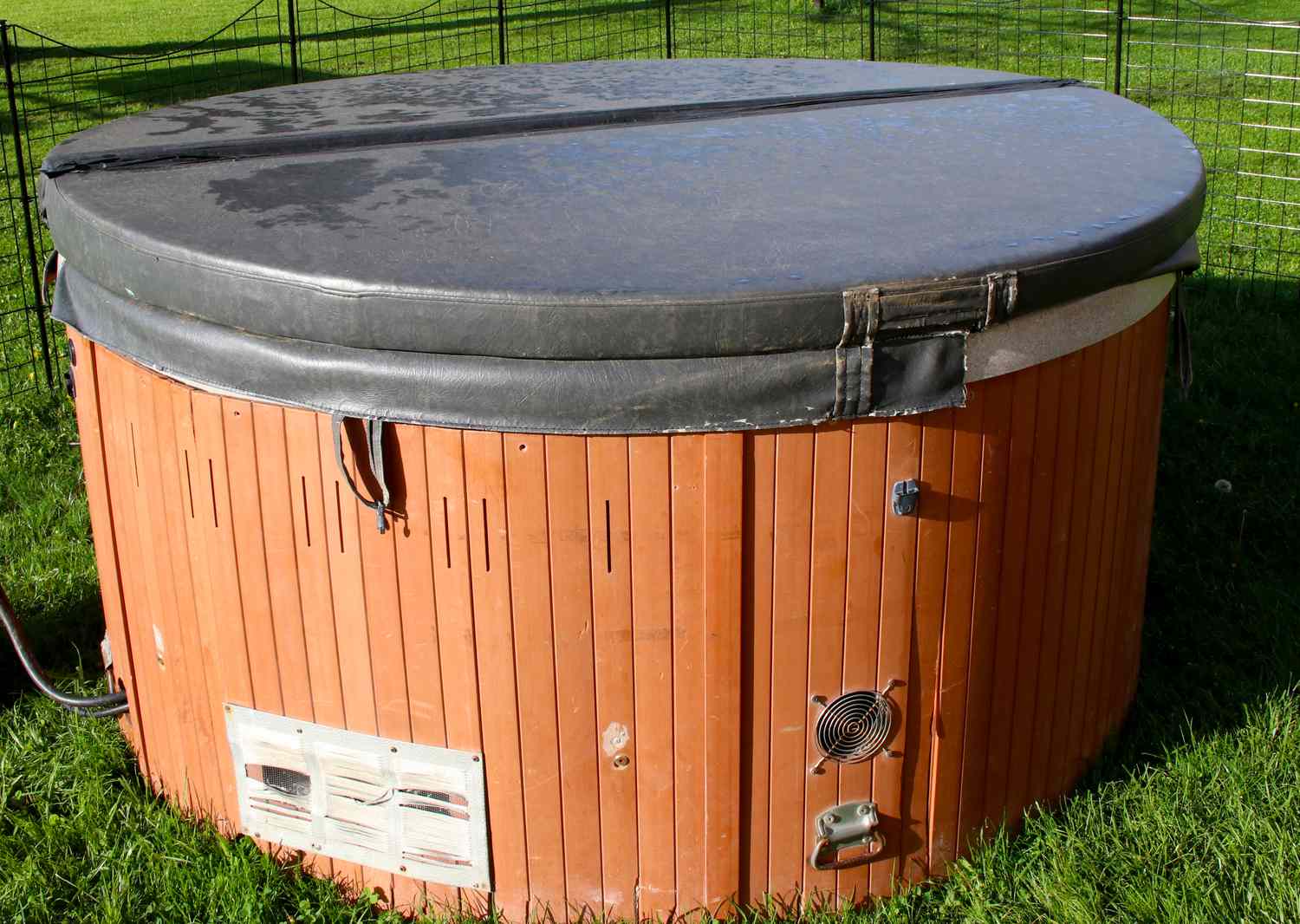
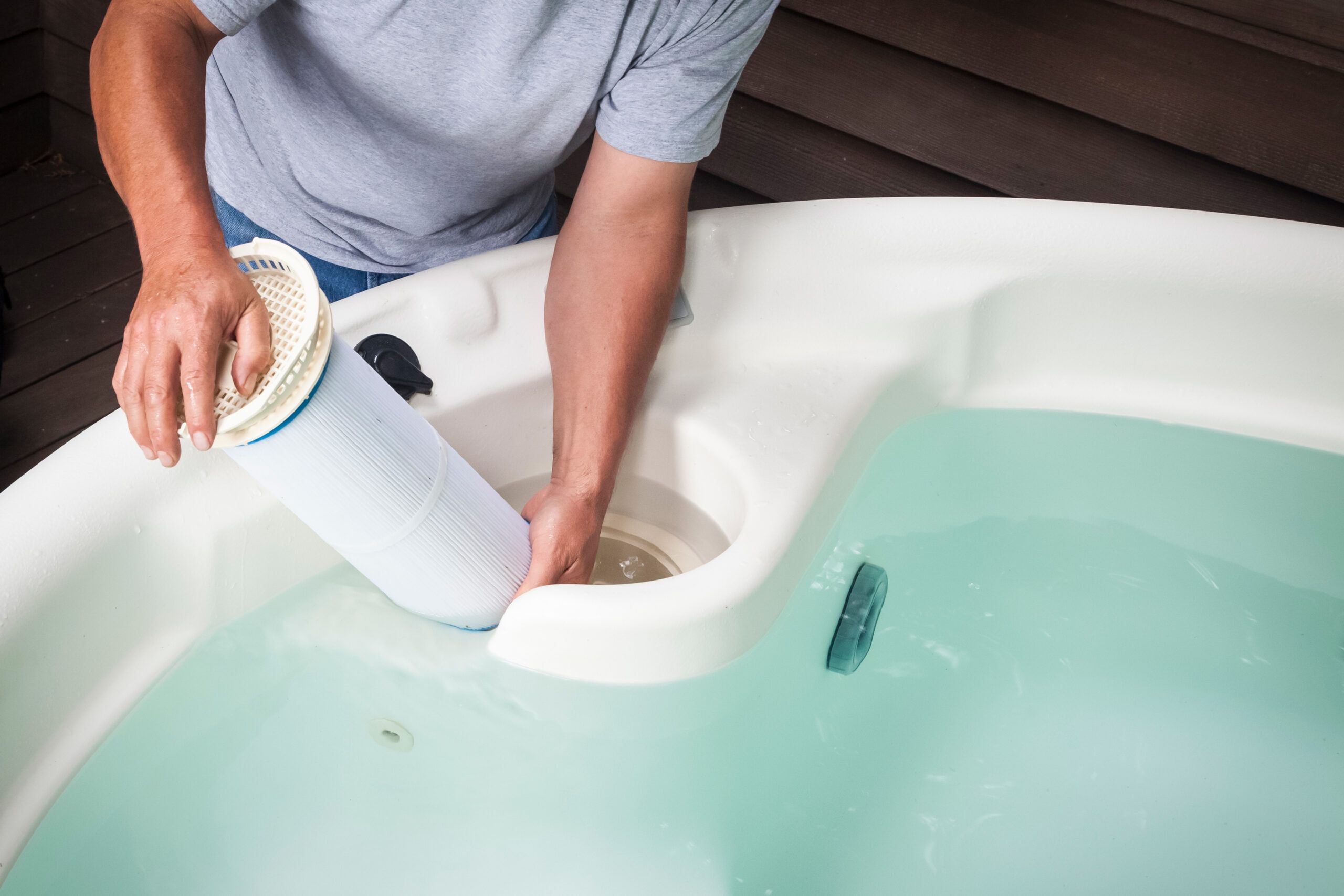
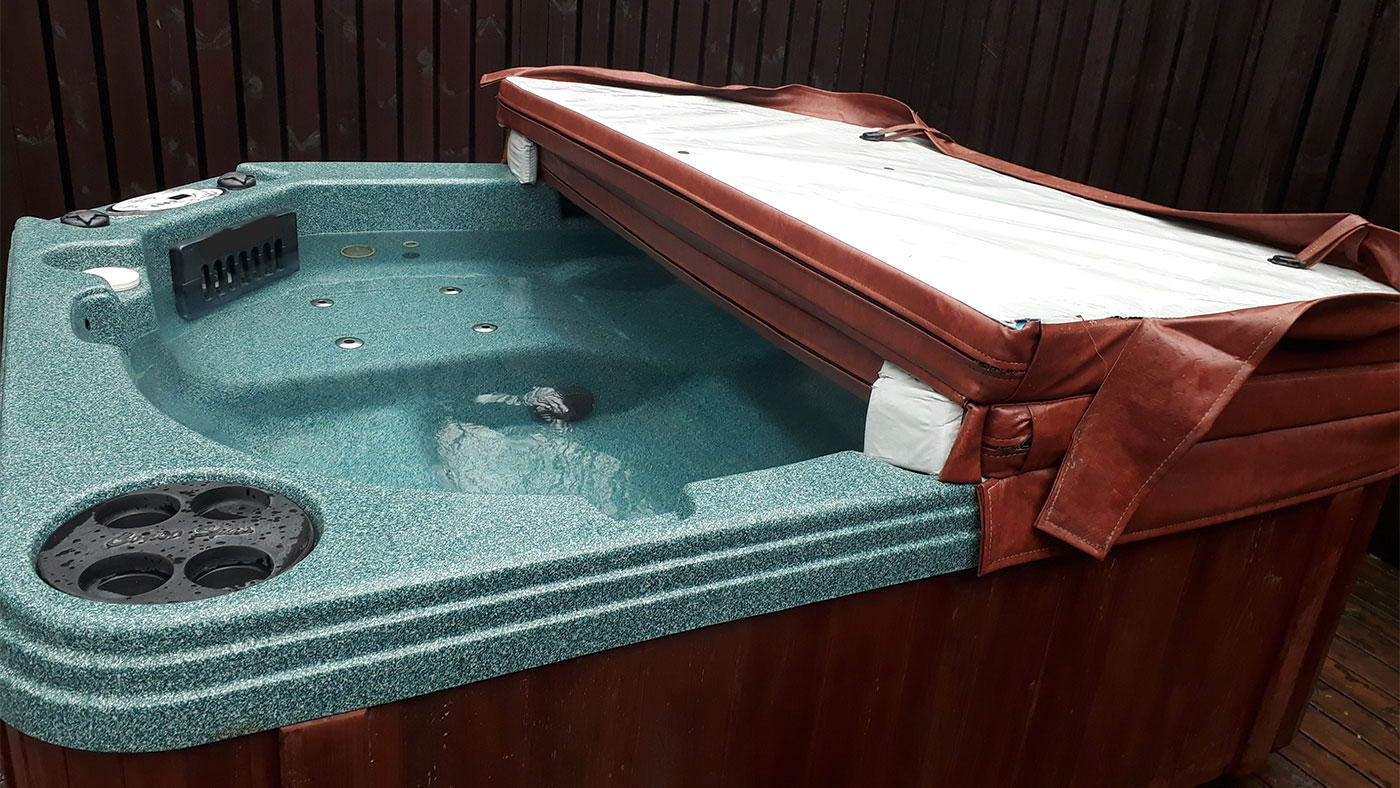
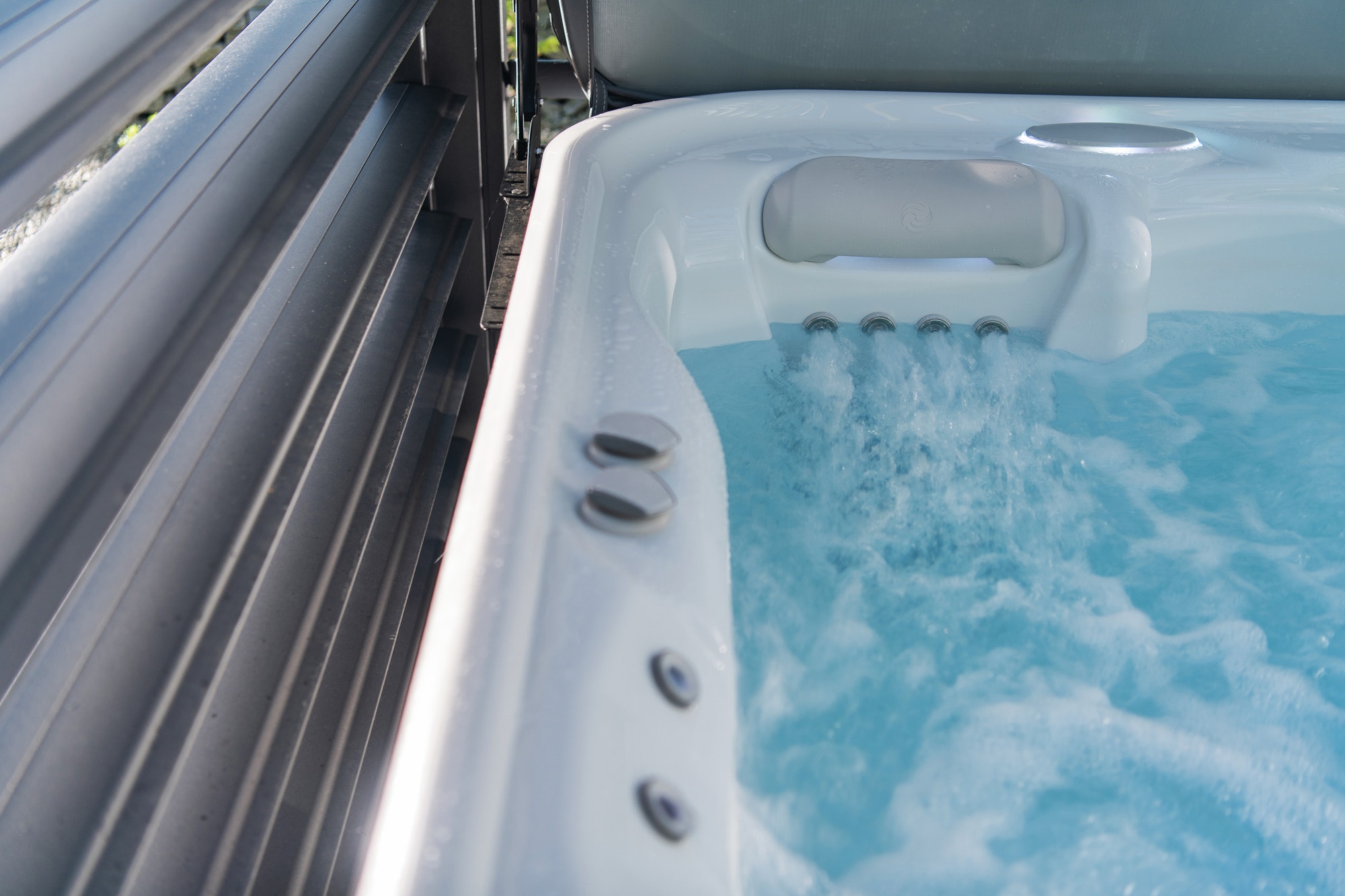
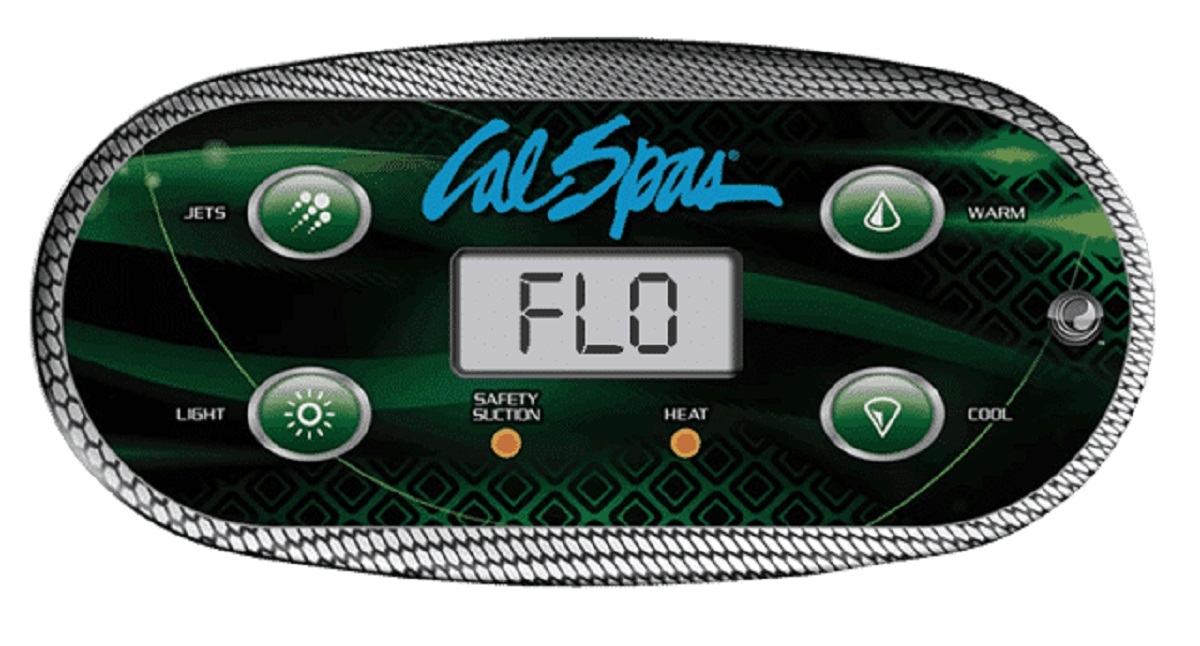
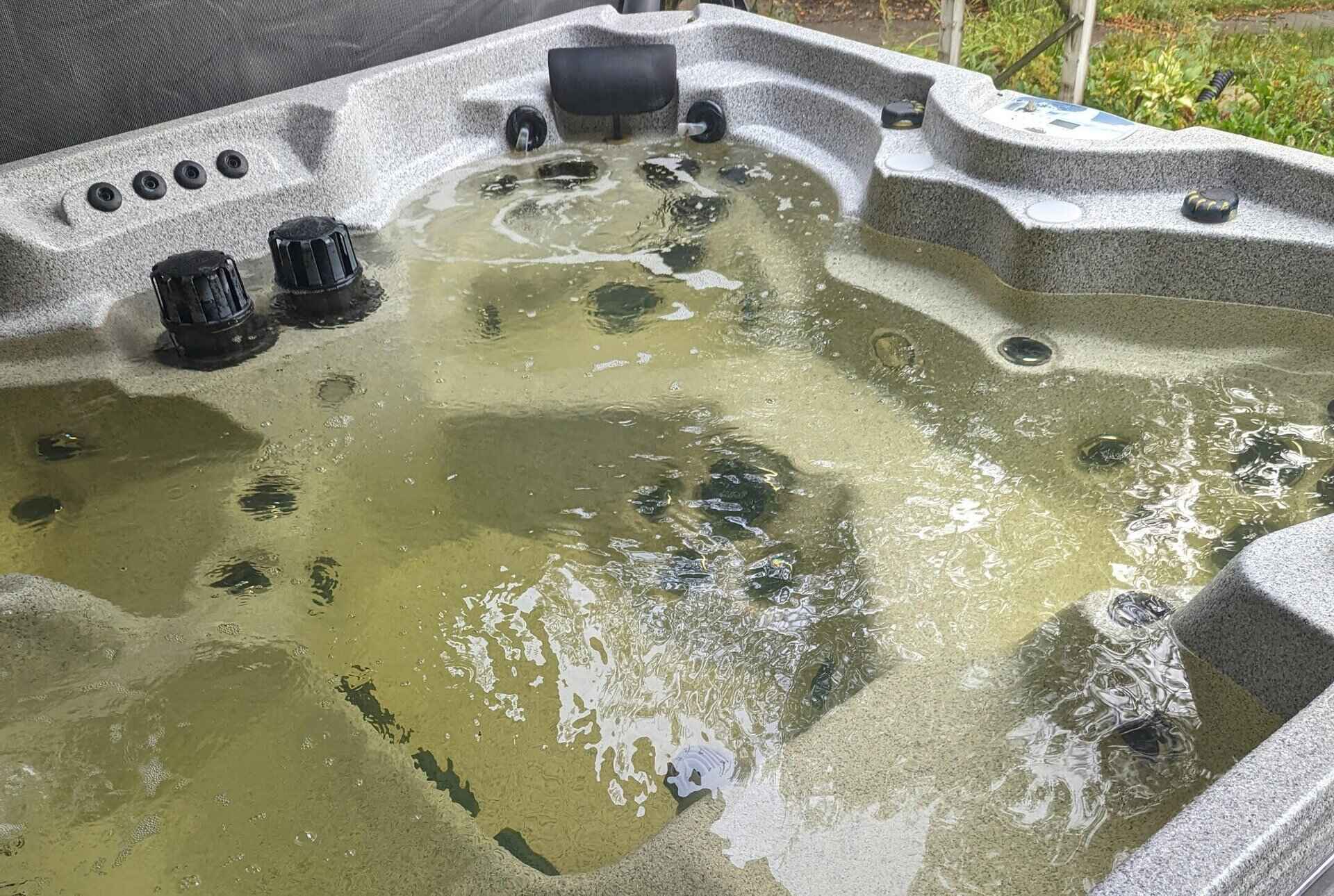
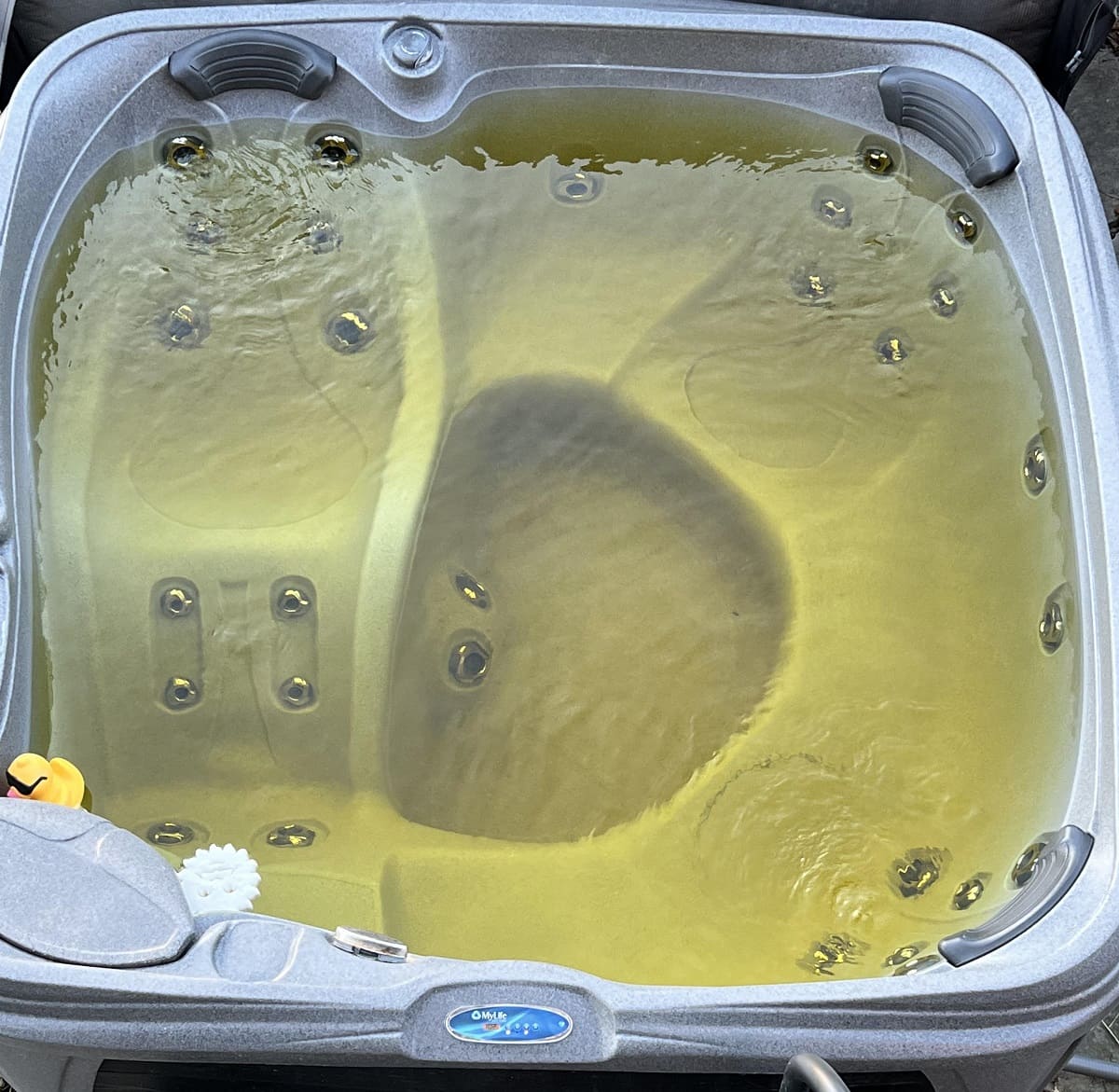
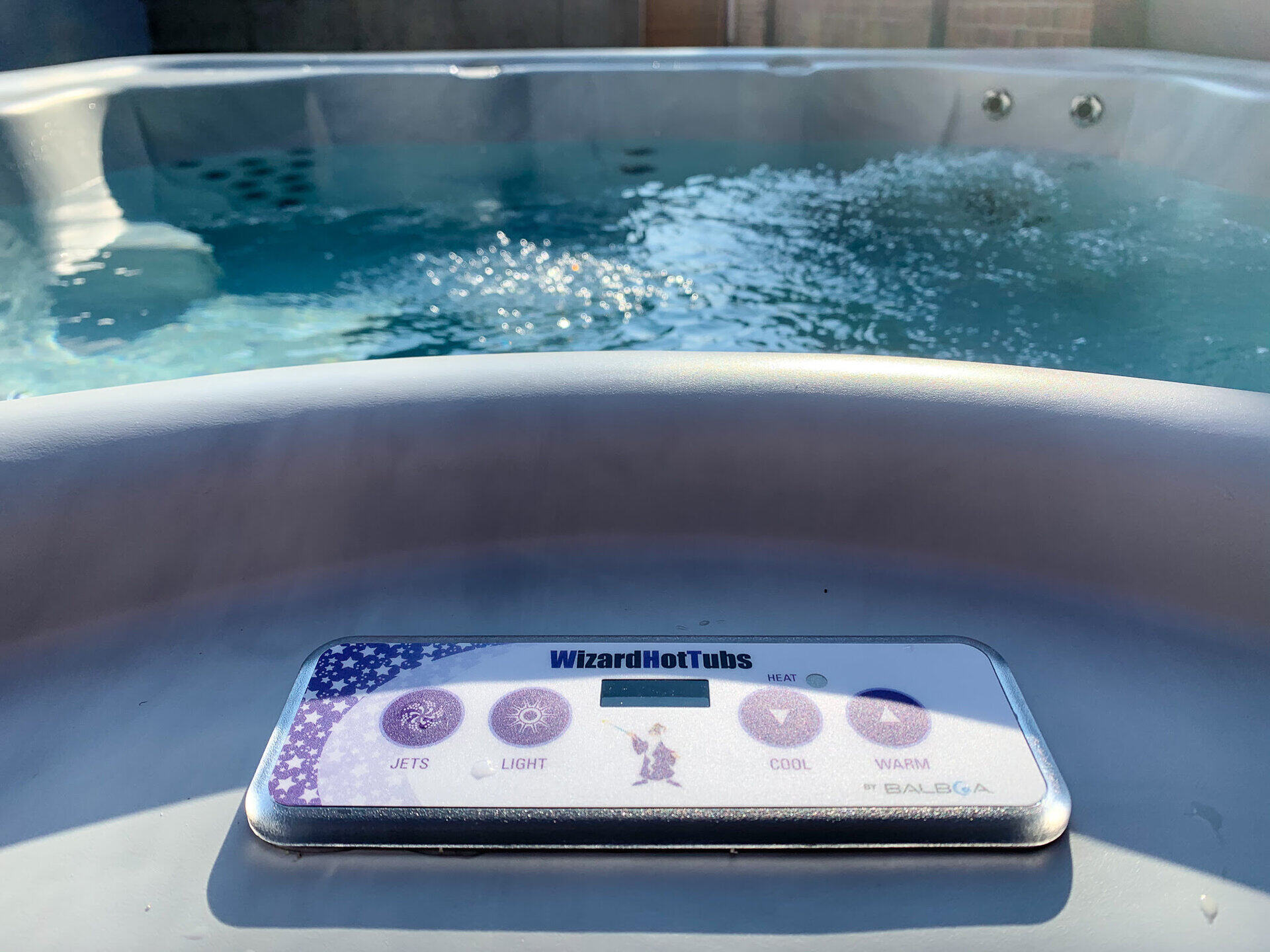
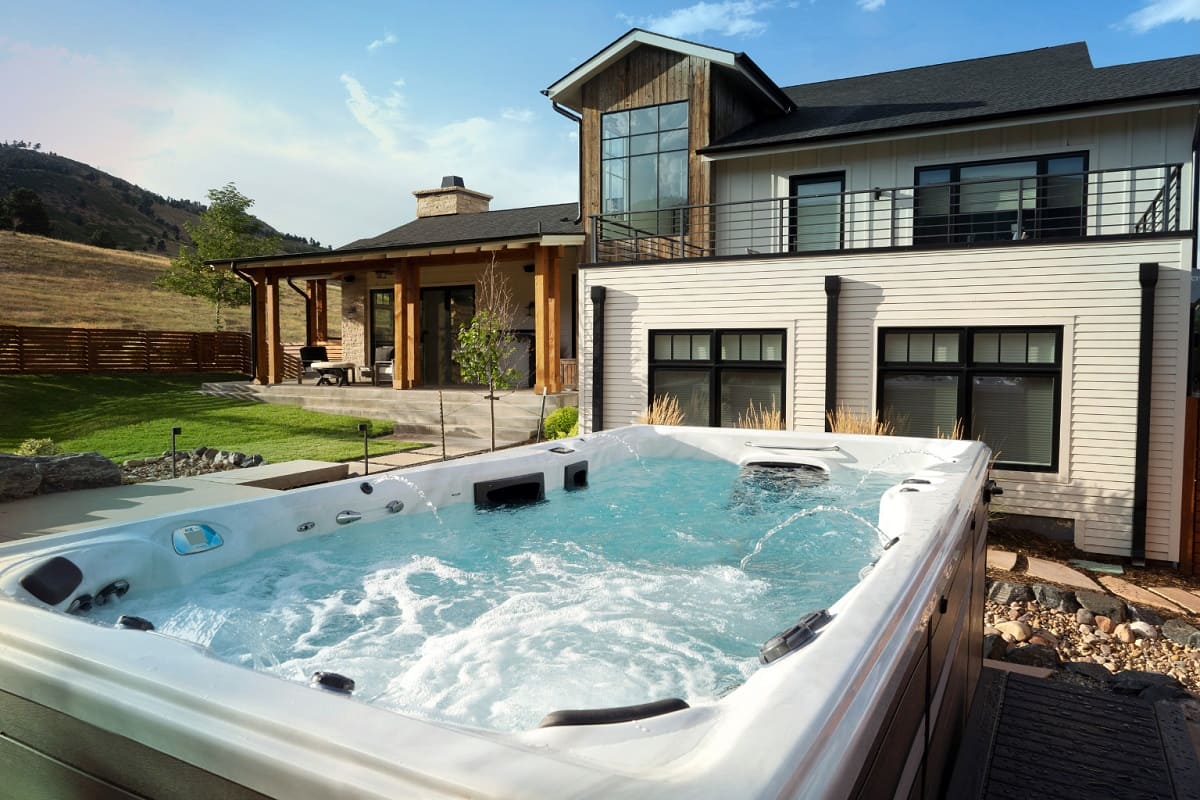
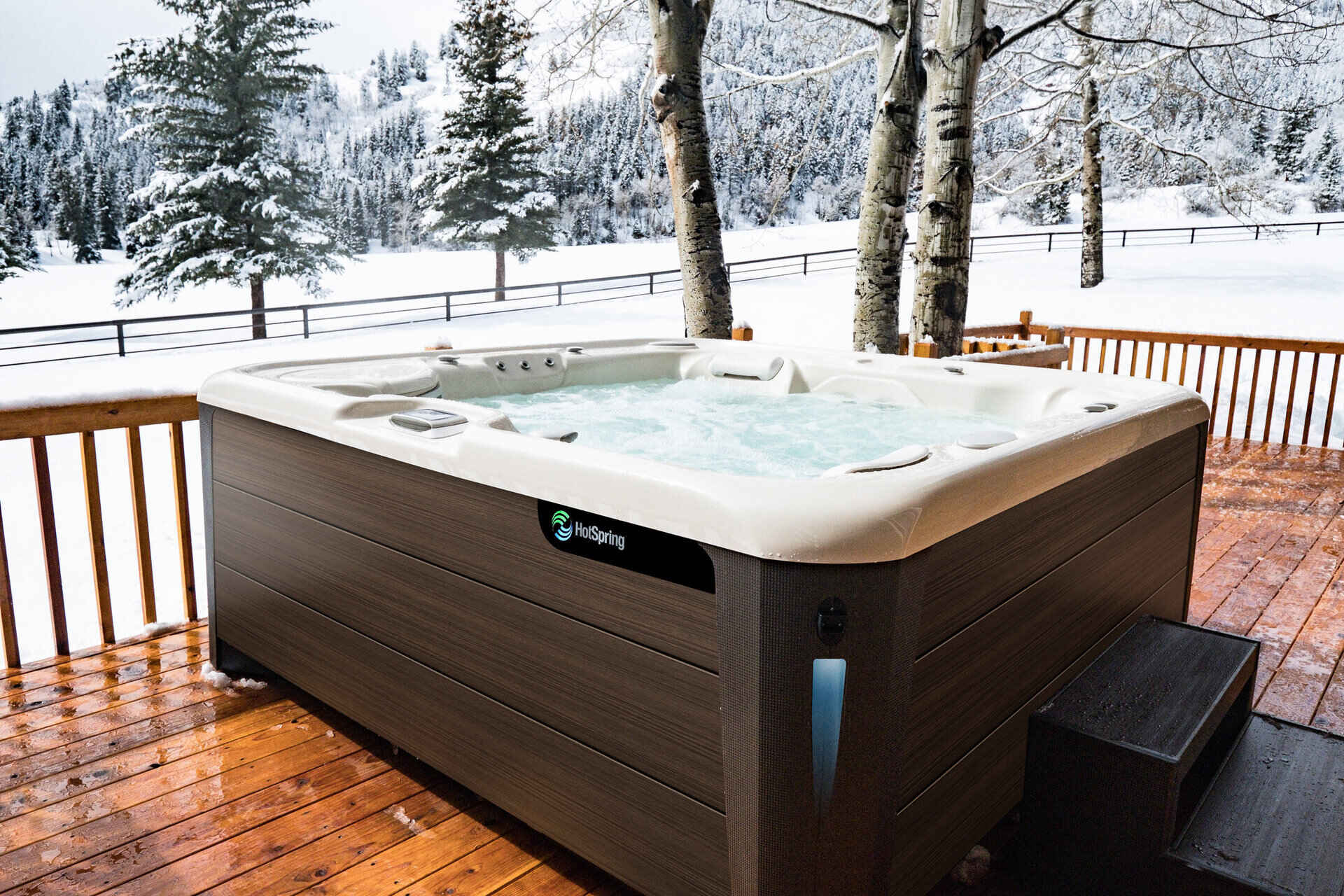

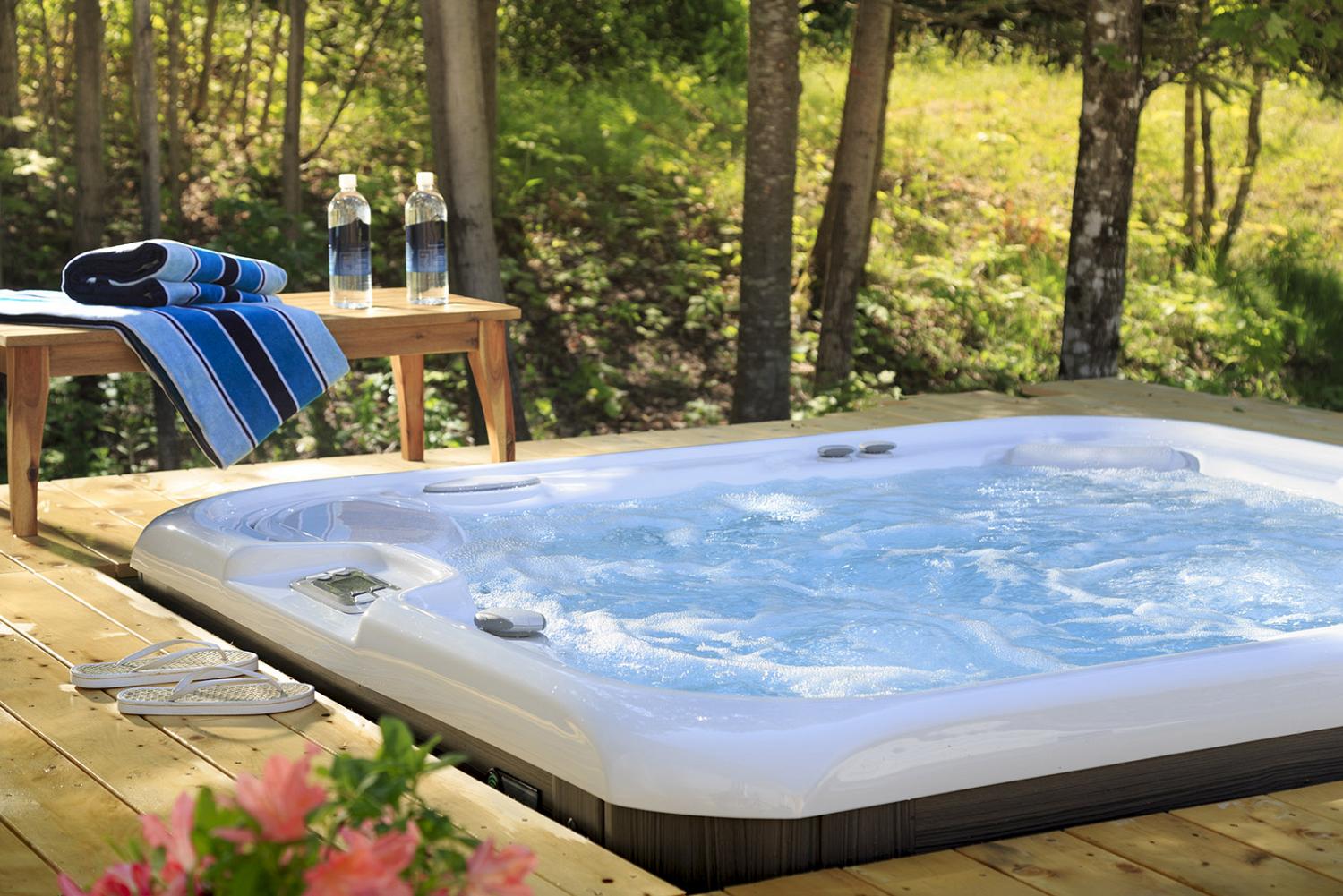
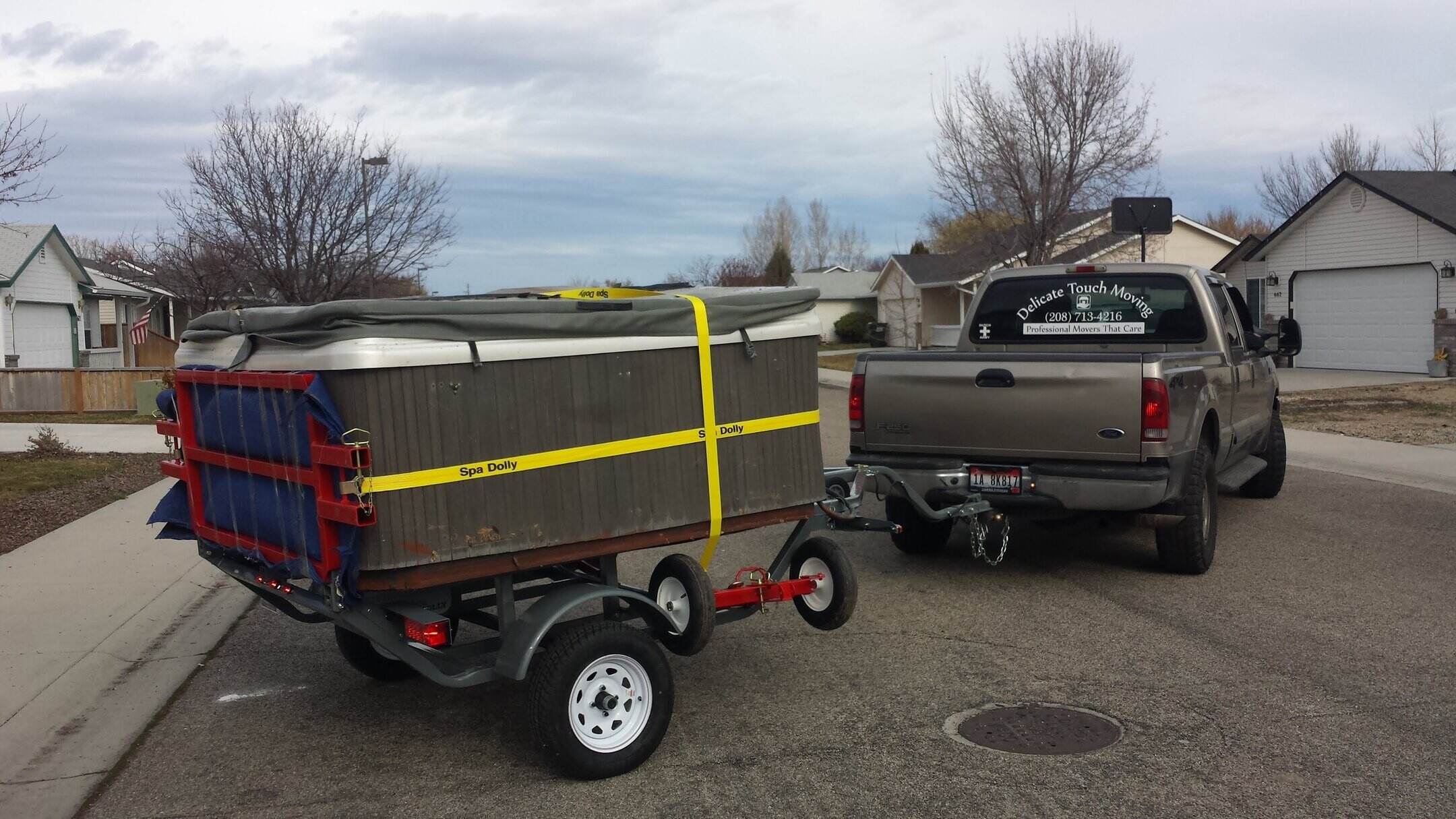
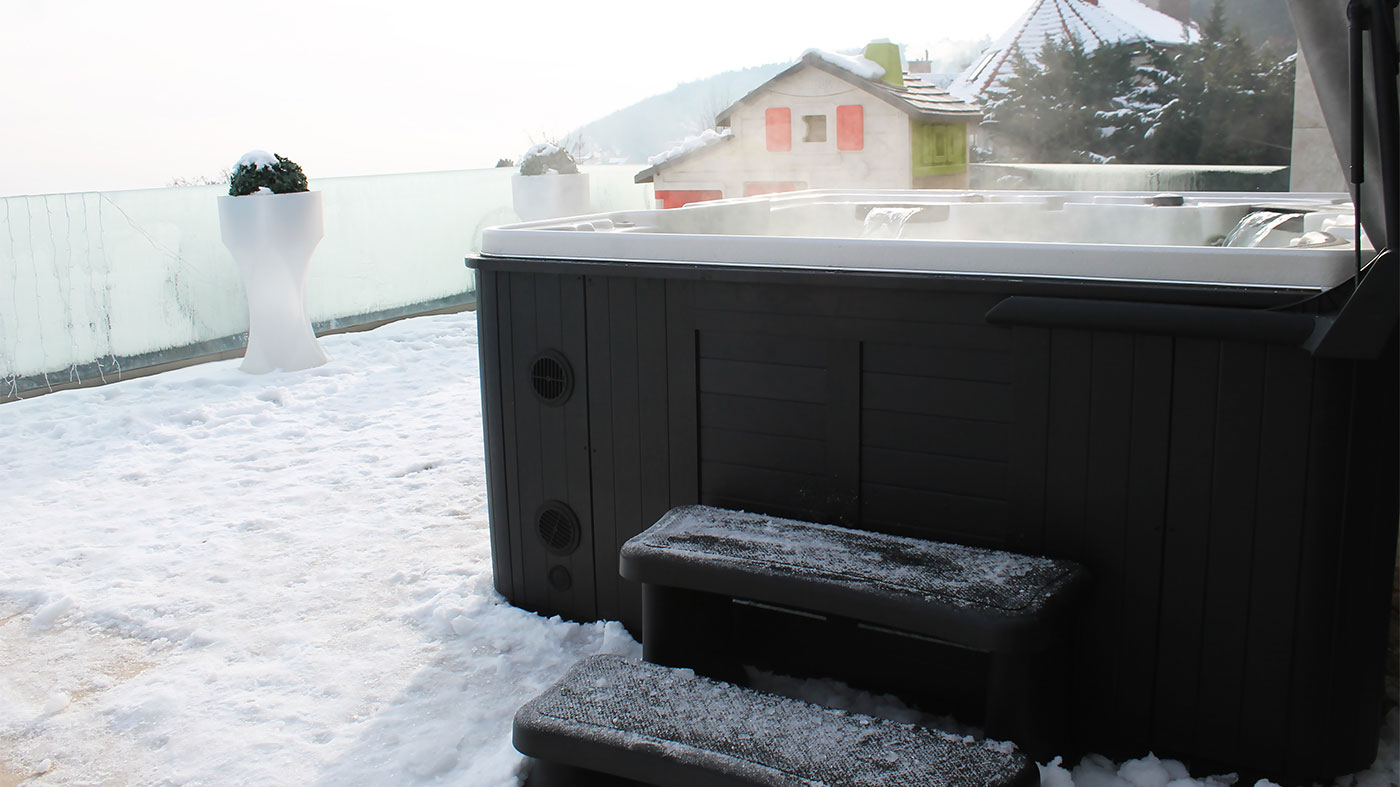
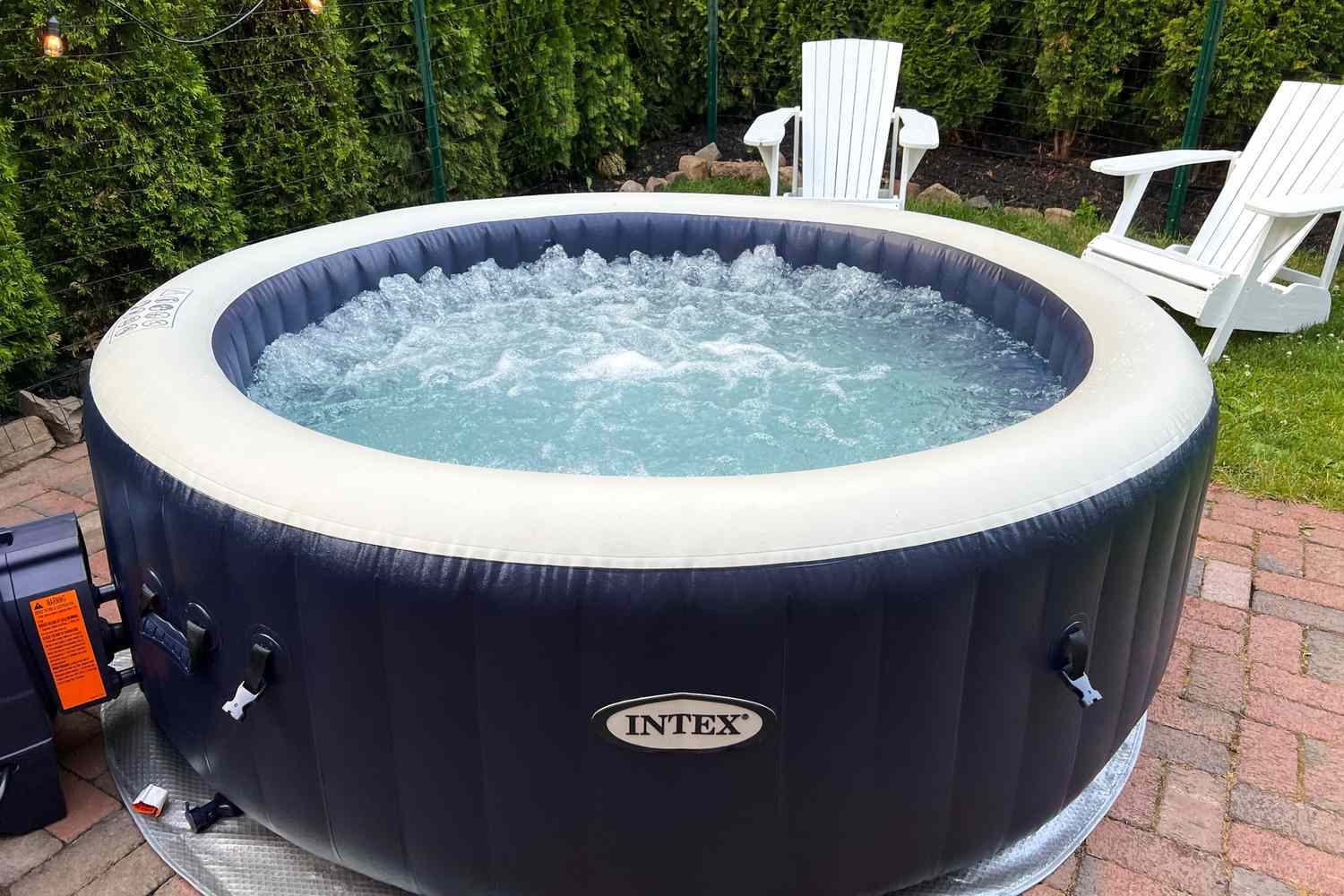

0 thoughts on “How To Fix Dry Code On Hot Tub”